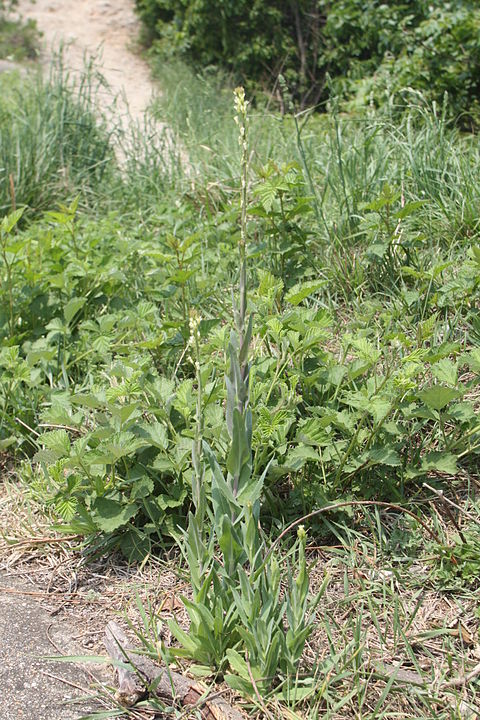   |  |  |  |  |
 |  |
The
tower Mustard
is an annual, more often a biennial plant and sometimes even a perennial plant with erect stems, which tends to grow from 50-130cm. At the base of the stem is a rosette of leaves and at the bottom are the leaves of the stem. Root leaves are blue-green, large-toothed; sessile and gray leaves of the stem are ovate-lanceolate, heart-shaped or arrow-shaped at the base, bare. The fruit is a pod, inside which there are small seeds arranged in two rows.
The above-ground part of the plant is used for medicinal purposes. It is collected during the flowering of the plant, in May-June. Often, during this time, immature seed pods have appeared on the plant - their entry into the drug is permissible. The plant is dried spread on sieves or in forced dryers at a temperature not exceeding 34-40C. Store the plant in paper or fabric bags for no longer than 1 year.
The chemical composition of the plant has been insufficiently studied. However, the plant is known to contain <0.05% alkaloids and flavonoids (the bioflavonoid kaempferol and the flavanol quercetin).
Medicinal significance
Medicinal properties are related to the chemical composition of the plant. Kaempferol glycosides, according to researches, have many pharmacological properties. They produce cardioprotective, anti-inflammatory, antimicrobial and analgesic effects, and also have antioxidant activity. Recent animal studies also show antidepressant effects of flavonoids. Quercetin - one of the most studied flavonoids, is also endowed with antioxidant and anti-inflammatory effects. The analgesic effect is provided by alkaloids.
The
tower Mustard
r is also used in folk medicine. It is recommended to be used in case of various inflammations, rheumatism and colic. A decoction of the
tower Mustard
is an effective remedy for diarrhea and scurvy, it is also used as a diuretic in ascites.
